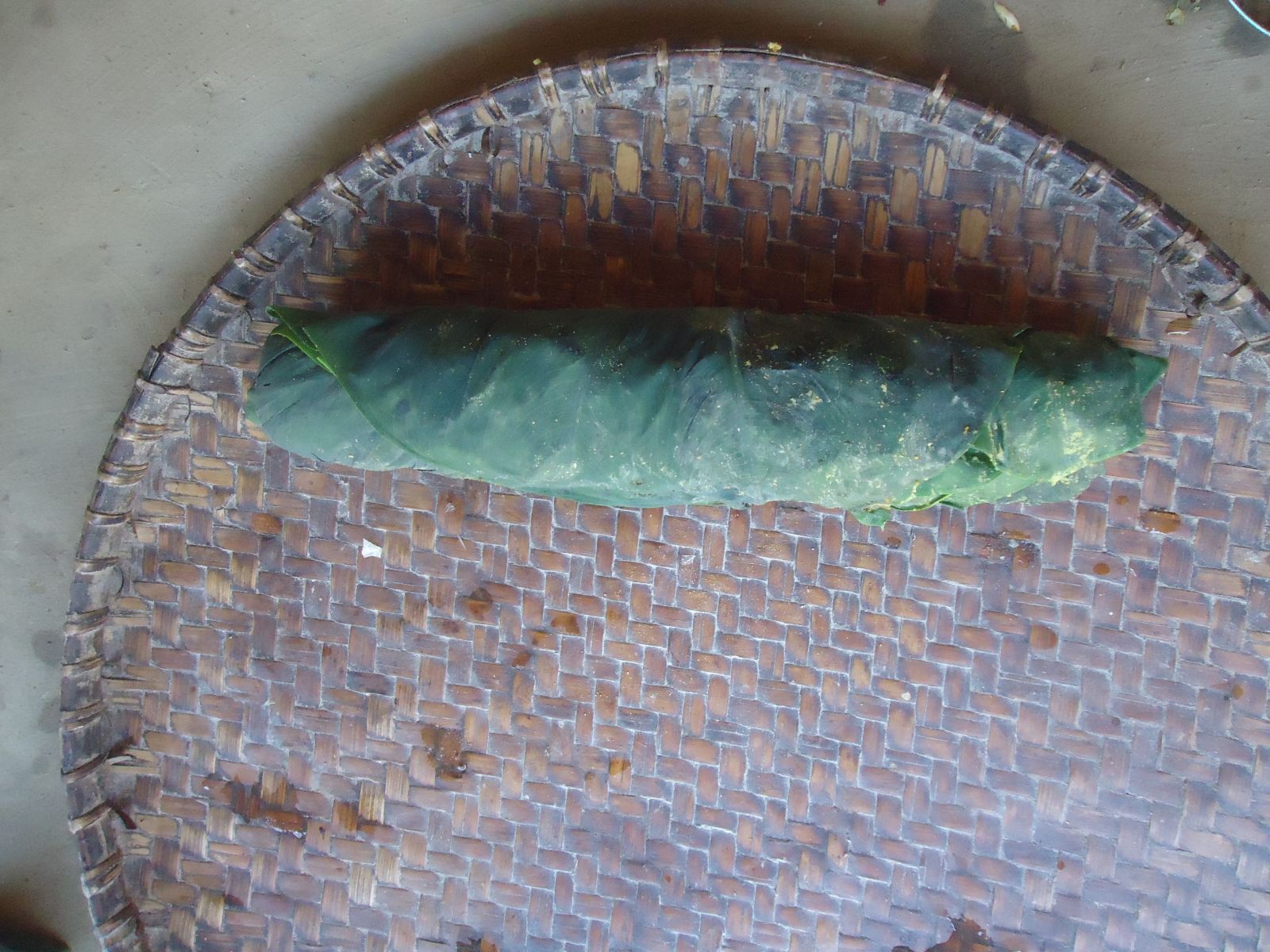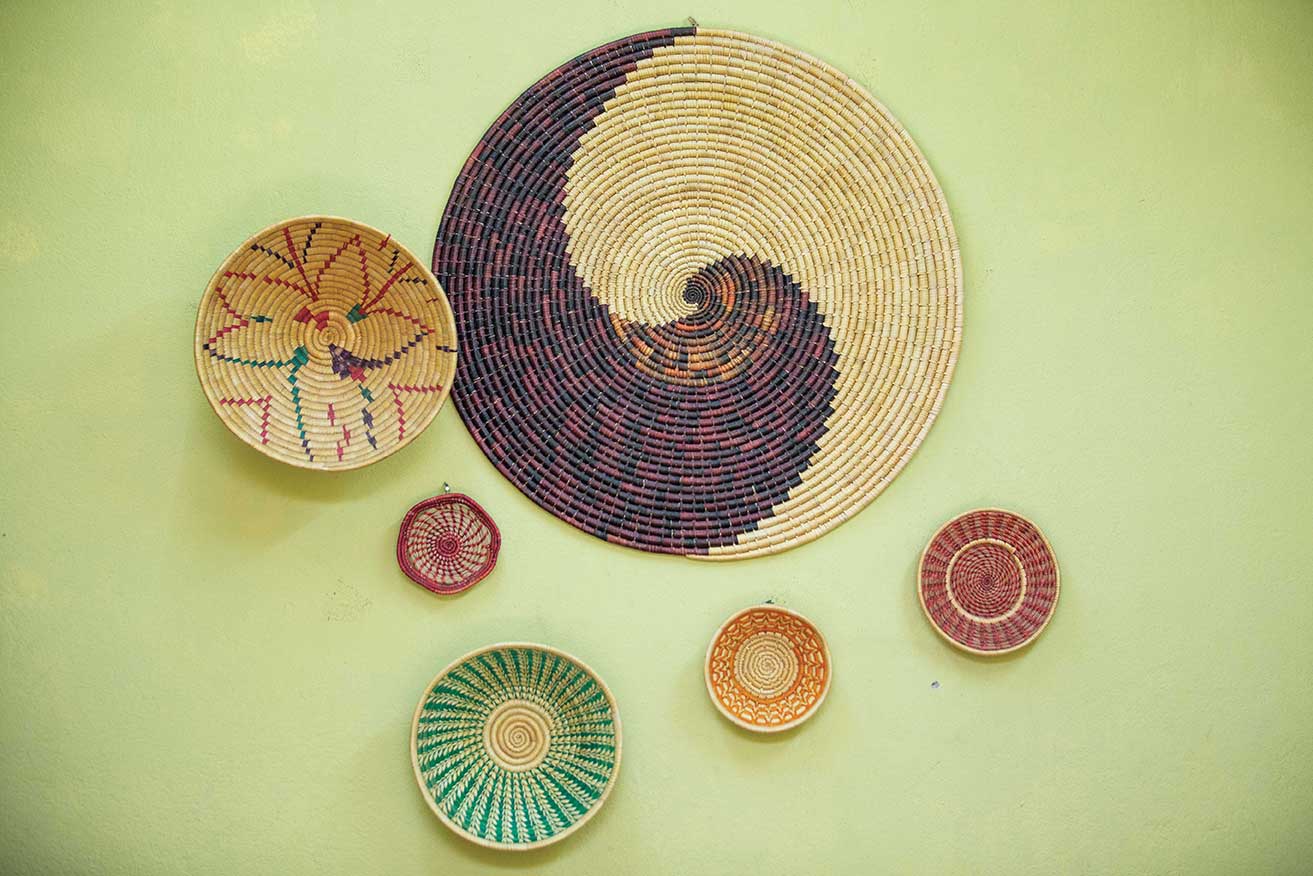Neglected but Nutritious
Airkanchan, a delicious dish of taro leaves from Nepal’s southern plains
This description of a rarely sampled delicacy will make you curious and hungry!
We often tend to neglect nutritious veggies and term them ‘a poor man’s food’. One such green vegetable is colocasia, or taro leaves. While only tender taro leaves are eaten elsewhere in Nepal, the leaves are eaten as a delicacy in the southern plains.
During each winter vacation, my grandmother would collect taro leaves and then wrap them together with rice flour paste and cook the delicious airkanchan. While I hated the taro leaves curry, the gooey airkanchan and its gravy tasted amazing. And, every time I visited my hometown, I would nag my granny to cook it for me.Here’s how the delicious airkanchan is prepared.
|
Step-1
Step-2
Step-3
|
Tender taro leaves are collected, washed, and put out in the sun to let them wilt a bit. Then, a layer of slightly wilted leaves are spread, and a paste of rice flour, turmeric powder, and a pinch of salt, along with some select spices is applied on the leaves. Another layer of leaves are pasted above it, and then the paste, and again, the leaves on it. The leaves are then rolled into a cylindrical shape and cut into small pieces that look like small cutlets.
The round pieces are fried in mustard oil and the oil is drained off with the help of a sieve spoon. These fried pieces can be eaten without further cooking, but it tastes much better when dipped and cooked in a gravy of spices and curd. For this, little pieces of onions, garlic, green chillies, ginger, fenugreek seeds, bay leaves, and other spices are stir-fried in mustard oil, and when they turn reddish brown, a mixture of curd, turmeric, coriander, cumin, and red chilli powder is added to it. Finally, water is added to the pan, as well, and when it stars boiling, the fried taro cutlets are added to it and cooked for few minutes. Once the gravy gets inside the cutlets, it’s ready to serve. It tastes amazing with all rice items—cooked rice, puffed rice, or beaten rice.
While the taro leaves are pasted together with rice flour paste in the eastern part of Nepal, people use gram flour or black gram paste, as well, to prepare airkanchan. And, the dish is not only eaten in Nepal’s southern plains, it is a famous snack in Pakistan as well. Called ricvaj, it is made from taro leaves coated in gram flour with the usual spices. It is steamed and then fried. In India, it is called seodha, and is prepared by adding black gram paste to the taro leaves and prepared just like airkanchan.
It’s high time restaurants start serving airkanchan and make it popular among the city dwellers. Its hot, salty, sour, and tangy taste will surely tickle the taste-buds!


.jpg)

_copy.jpg)
.jpg)










